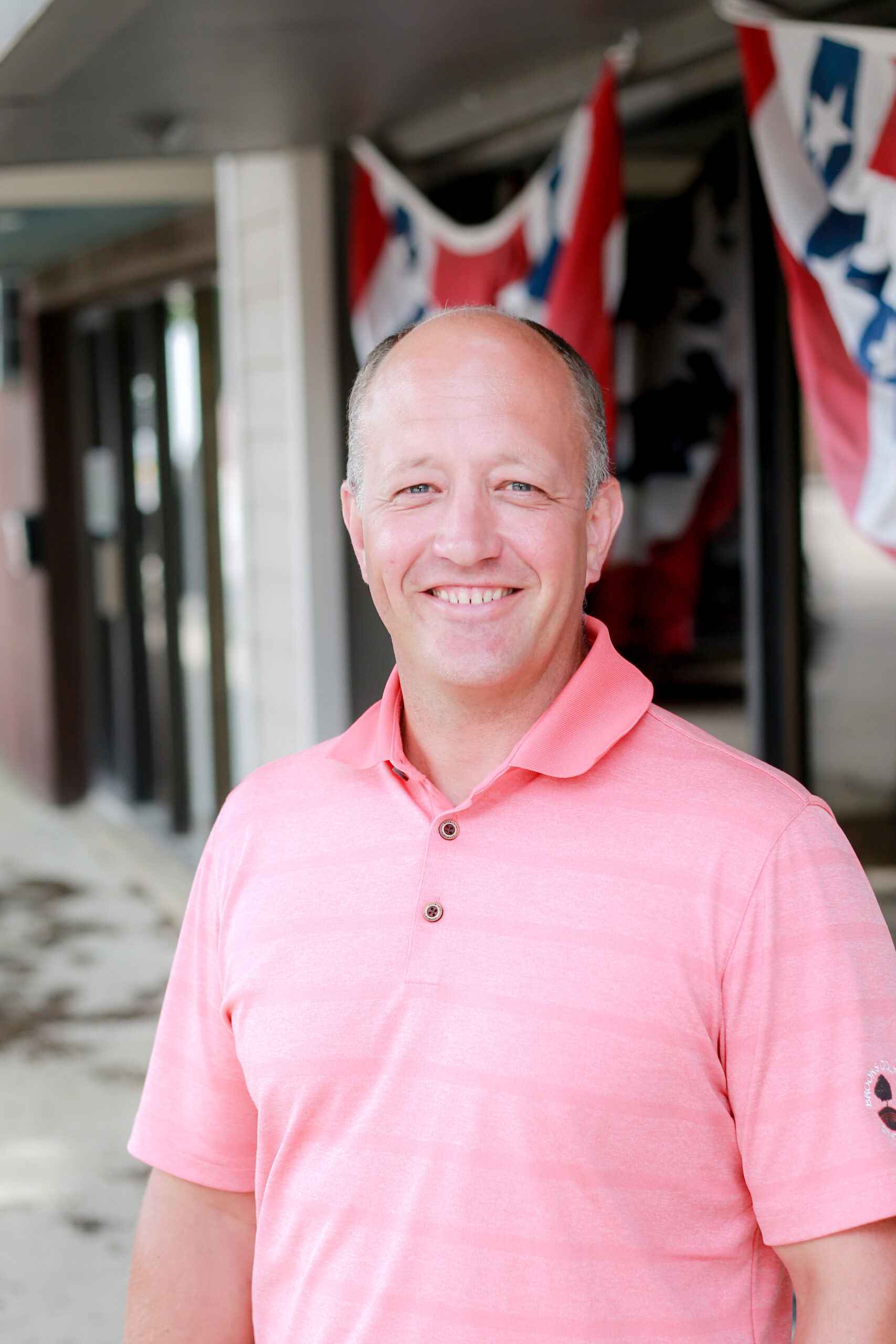A conservation easement is a legal agreement recorded as part of a property title, with the usual goal of protecting conservation land use into perpetuity, regardless of land transfer. Conservation easements have been used by government entities and land trusts, like local conservation boards and The Nature Conservancy, for over 100 years.
Back in May 2021, I received a call from Liz Garst, the Family Business Manager of Garst Farms in Coon Rapids, Iowa. Liz shared that the Garst family had made the difficult decision to sell their family farm and was interested in making sure that future generations would continue to see the family land protected with soil and water conservation management. Their bold decision, to stipulate a permanent conservation easement attached to each parcel of land, was certainly unconventional. However, knowing the Garst family’s history and commitment to conservation, the idea of negotiating a permanent easement did not come as a surprise to me.
For three generations, the Garst’s have been a leader in soil and water conservation with ponds, terraces, grass strips, no-till, cover crops, waterways, and more. If there was a conservation practice that could be used, the Garst Family tried it.
What amazed me was the extent of risk which the family was willing to take in requiring an easement. I expected the easement would cover permanent conservation structures like terraces, ponds, and grassed waterways. But Liz emphasized her family wanted to include soil health practices such as cover crops and no-till. Liz agreed, it was a precedent to include soil health practices in a land transaction; yes, a first-of-its-kind easement to protect soil health, happening in Carroll County, Iowa!
Over the months since I first spoke to Liz, the Garst Family worked to make their goals a reality. The land transactions have gone through and new landowners are now working to protect sensitive and valuable acres with both soil and water conservation practices and soil health practices.
I was interested in some of the barriers to such a complicated transaction, particularly what the Garst family considered, and what the potential buyers saw as potential disadvantages. For example, would anyone pay top dollar for a piece of land where the land use was limited?
Chris Eddy, the land realtor in charge of managing many of the details leading up through the point of sale, gave me some insight and straight talk. “If you are uncomfortable with any part of the easement process you probably should discount your bid accordingly. And if you buy the land, you better buy it with the understanding that these easements will be attached to the land forever. And if you don’t like the idea of easements, don’t buy the land.” Chris said the Garst Family went into the transaction knowing the risk that the easement could significantly reduce the value of the land sale. But they still thought it was the right thing to do.

Chris shared answers to some additional questions that potential buyers asked:
What are the baselines that will be used to confirm compliance with the easement?
Existing soil testing will serve as the baseline with special attention to soil organic matter and soil aggregate water stability results.
Are the baselines set at inception and stay the same into perpetuity? Are baselines currently being achieved on the property?
The long-term expectation is that with cover crops and no-till farming practices, soil health will continually improve and there is no need to change the original baseline. If baselines are not achieved, discussion between the owner/operator and easement monitor will determine the cause and remedy. There is no established standard other than what has been tested and recorded on the farms. Current farm condition ‘as-is’ will represent each farm’s baseline. None are out of compliance.
Will soil testing be required on a periodic basis by the landowners?
When landowners or operators perform soil testing as part of their normal agronomy program, results will be shared with Whiterock Conservancy. Whiterock Conservancy will additionally test for soil aggregate water stability at no cost to the landowner; Frequency to be determined.
What is the difference between tillage and fertilizer application?
Tillage is a breaking of the topsoil that disrupts the soil structure and contributes to soil erosion. Fertilizer application is done in strips with minimal disruption to soil structure and minimal potential for soil erosion.
In the end, even after what some people saw as onerous overreach in demanding future conservation practices, the land still sold. Estimates say the land sold at 10 to 15% discount, with most believing that it was closer to selling at a 10% discount. For me, this was a pleasant surprise. First, to know that a family was willing to accept an unknown discount to protect the soil and water resource of their family farm. And second, to know that buyers did not see a downside to the terms.
For more information about selling land with a permanent easement, contact Chris Eddy, Insurance Agent and Realtor, 712-999-2288 or chris.eddy@commins.net.
